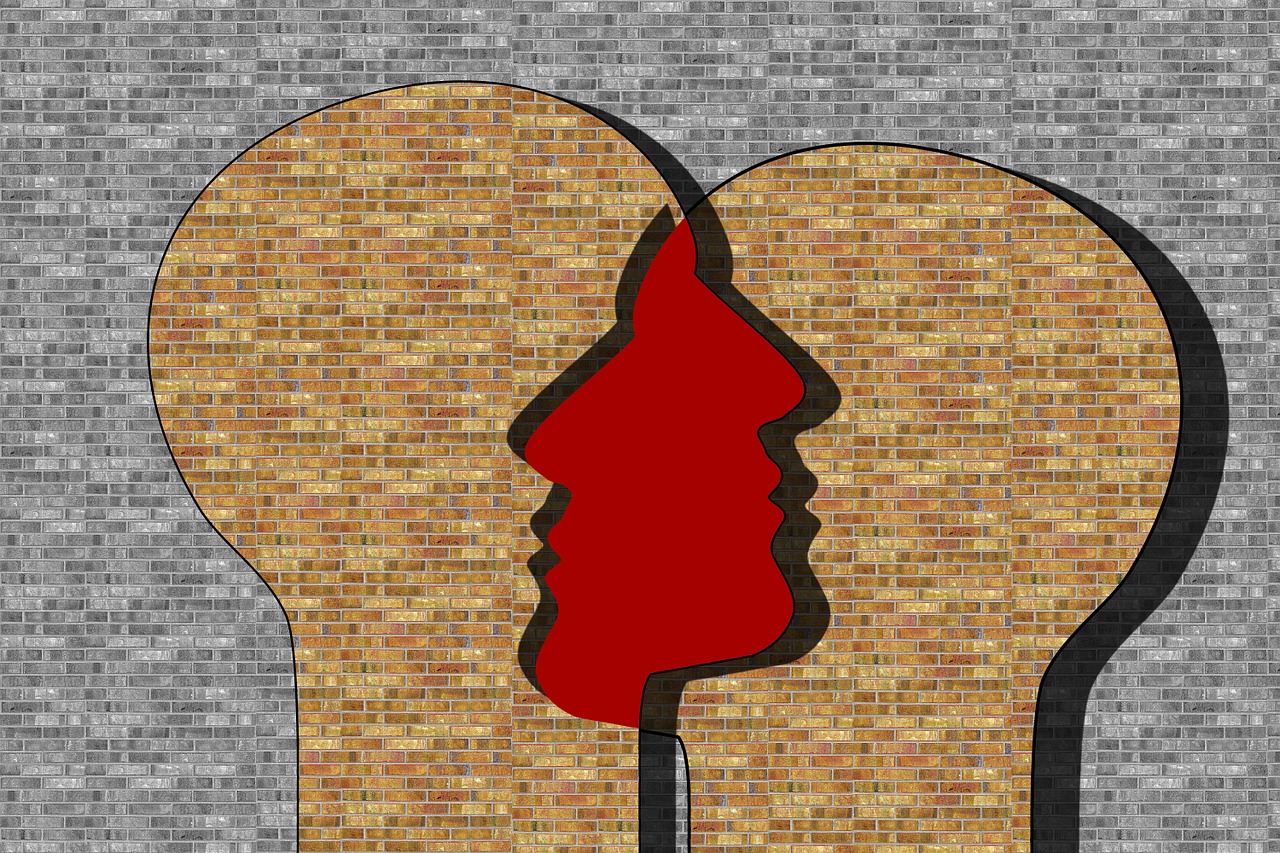In the field of criminal law, one powerful tool that can assist in solving cases is criminal profiling. Criminal profiling is a method used by law enforcement agencies and legal professionals to gain insights into the behavior, motivations, and characteristics of criminals. By analyzing patterns, evidence, and psychological factors, criminal profilers can create a profile that helps in identifying potential suspects and narrowing down the investigation. This article will provide an in-depth analysis of criminal profiling, its techniques, and its role in solving crimes. Whether you are a business owner concerned about the safety and security of your company or an individual seeking legal counsel, understanding the intricate world of criminal profiling can be invaluable in making informed decisions and protecting your interests. With our expertise and experience, we can guide you through the complexities of criminal law and provide the legal support you need.
What is Criminal Profiling?
Criminal profiling, also known as offender profiling, is a technique used in law enforcement to create a profile of an unknown criminal based on analysis of the crime scene, evidence, and other relevant information. It is a valuable tool that helps investigators understand the behavior, motivations, and characteristics of the unknown offender, with the ultimate goal of narrowing down the pool of suspects and solving crimes more efficiently.
History of Criminal Profiling
The concept of criminal profiling can be traced back to the early 20th century, but it gained prominence in the 1970s with the works of various professionals in the field of behavioral science. The pioneering work of FBI agents, such as John E. Douglas and Robert Ressler, significantly contributed to the development and popularization of criminal profiling techniques. Over the years, criminal profiling has evolved and been refined, incorporating advancements in psychology, forensic science, and technology to improve its accuracy and effectiveness.

The Process of Criminal Profiling
The process of criminal profiling involves several key steps, each aimed at gathering and analyzing relevant information to develop an accurate profile of the unknown offender.
1. Gathering Evidence and Information
The first step in criminal profiling is collecting all available evidence and information about the crime. This includes crime scene photographs, witness statements, forensic analysis reports, and any other relevant data. The profiler carefully reviews and assesses this information to identify patterns, trends, and potential links to other cases.
2. Analyzing the Crime Scene
Once the evidence is gathered, the profiler conducts a detailed analysis of the crime scene. This involves taking into account the type of crime, the specific actions taken by the offender, the placement of evidence, and any other relevant factors. By analyzing these elements, the profiler can determine the offender’s modus operandi (methods used to commit the crime) and signature behaviors (unique characteristics or rituals).
3. Creating the Initial Profile
Based on the gathered evidence and analysis of the crime scene, the profiler creates an initial profile of the unknown offender. This profile includes information about the offender’s likely age, gender, occupation, and psychological characteristics. It may also include details about the offender’s motives, fantasies, and potential triggers.
4. Refining the Profile
As more information becomes available, the profiler continually refines the initial profile. This can include input from other experts, additional forensic analysis, or new leads. The profile may be updated and modified to incorporate new insights, increasing its accuracy and usefulness to investigators.
Methods and Techniques Used in Criminal Profiling
Various methods and techniques are employed in the field of criminal profiling to develop accurate and reliable profiles of unknown offenders. Some commonly used methods include:
1. Investigative Psychology
Investigative psychology incorporates principles from various disciplines, such as psychology, sociology, and criminology, to understand the motivations, behavior patterns, and decision-making processes of criminals. This method focuses on analyzing the actions of the offender in relation to their personality traits, cognitive processes, and social interactions.
2. Geographic Profiling
Geographic profiling uses spatial analysis techniques to identify patterns in the location of crimes committed by a single offender or a group of offenders. By mapping crime scenes and considering factors such as distance, time, and accessibility, geographic profiling can provide valuable insights into an offender’s base of operations, which can aid in narrowing down the search area.
3. Behavioral Analysis
Behavioral analysis involves examining the behavioral patterns exhibited by offenders to gain insight into their motivations, emotional state, and decision-making processes. This method focuses on analyzing the offender’s actions, modus operandi, and signature behaviors to better understand their psychological characteristics and potential future actions.
4. Psychological Autopsies
Psychological autopsies are conducted in cases where the offender is deceased or unable to be interviewed. This method involves collecting information from various sources, such as family members, friends, coworkers, and medical records, to reconstruct the psychological state of the offender leading up to the criminal act. Psychological autopsies provide valuable insights into the offender’s mindset, potential triggers, and any underlying mental health issues.

Criticism of Criminal Profiling
Criminal profiling, despite its usefulness, has faced criticism from certain quarters. One major criticism is that it is not an exact science and relies heavily on subjective interpretation and analysis. Critics argue that profiling is susceptible to biases and can lead investigators down the wrong path if used as the sole basis for an investigation.
Another criticism is that criminal profiling may inadvertently perpetuate stereotypes or biases, leading to the unfair targeting of certain individuals or communities. It is crucial for profilers to maintain objectivity, adhere to ethical guidelines, and consider alternative explanations before drawing conclusions based on profiling techniques.
Real-Life Cases and Success Stories
Criminal profiling has been employed successfully in numerous high-profile criminal cases, aiding investigators in narrowing down the suspect pool and ultimately solving crimes. One notable example is the case of the Unabomber, Theodore Kaczynski. Profilers played a critical role in identifying the offender’s characteristics and motivations, ultimately leading to Kaczynski’s arrest and conviction.
Another famous case where criminal profiling was instrumental is the investigation into the Beltway Sniper attacks of 2002. Profilers were able to provide valuable insights into the offender’s behavior, helping law enforcement focus their efforts and eventually apprehend the perpetrators.
Benefits of Criminal Profiling
Criminal profiling offers several benefits in the realm of law enforcement and criminal investigations. By providing insights into the offender’s characteristics, motives, and behaviors, profiling techniques can assist investigators in narrowing down the suspect pool, prioritizing leads, and allocating resources effectively. Profiling also enhances communication and collaboration among investigative teams, aiding in the development of cohesive strategies to solve complex cases.
Additionally, criminal profiling can help prevent future crimes by identifying patterns and trends that may indicate a serial offender or a potential escalation in criminal behavior. This proactive approach allows law enforcement agencies to intervene early and mitigate the risk to public safety.
Limitations and Challenges of Criminal Profiling
While criminal profiling can be a valuable tool, it is not without its limitations and challenges. One major limitation is the reliance on available evidence and information. In cases where evidence is scarce or incomplete, profiling may yield limited or inaccurate results, leading investigators astray.
Moreover, criminal profiling is not a one-size-fits-all solution and may not be applicable to every case. Different offenders exhibit unique characteristics and behaviors, making it necessary for profilers to adapt their methods and techniques accordingly. This requires a high level of expertise and experience in the field, which may not always be readily available.

Ethical Considerations in Criminal Profiling
Ethics play a crucial role in the practice of criminal profiling. Profilers must adhere to strict ethical guidelines, ensuring that their actions do not violate an individual’s rights or perpetuate biases. Profilers should guard against making premature conclusions or assumptions based on profiling techniques alone and should always consider alternative explanations.
Maintaining confidentiality and respecting the privacy of individuals involved in the investigation is paramount. Profilers must prioritize the accurate and impartial presentation of their findings, avoiding any undue influence on the investigation process.
FAQs about Criminal Profiling
1. What is the main goal of criminal profiling?
The main goal of criminal profiling is to assist law enforcement in identifying and apprehending unknown offenders by providing insights into their behavior, motivations, and characteristics.
2. How effective is criminal profiling in solving crimes?
Criminal profiling can be highly effective in solving crimes, particularly when used in conjunction with other investigative techniques. It helps narrow down the suspect pool, prioritize leads, and allocate resources effectively, increasing the chances of successful resolution.
3. Can criminal profiling be used as evidence in court?
Criminal profiling, in and of itself, is not admissible as direct evidence in court. However, the information and insights gained from profiling techniques can assist investigators in obtaining admissible evidence and building a stronger case.
4. Is criminal profiling only used in violent crimes?
While criminal profiling is frequently associated with violent crimes, it can also be applied to other types of offenses, such as fraud, arson, and cybercrimes. The principles and techniques of criminal profiling can be adapted to various criminal contexts.
5. How does criminal profiling differ from forensic psychology?
Criminal profiling and forensic psychology are related but distinct disciplines. Forensic psychology focuses on the psychological aspects of legal matters, such as assessing the mental state of an individual, evaluating competency, and providing expert testimony. Criminal profiling, on the other hand, encompasses a broader scope, incorporating psychology, criminology, and investigative techniques to create offender profiles based on behavioral analysis.









